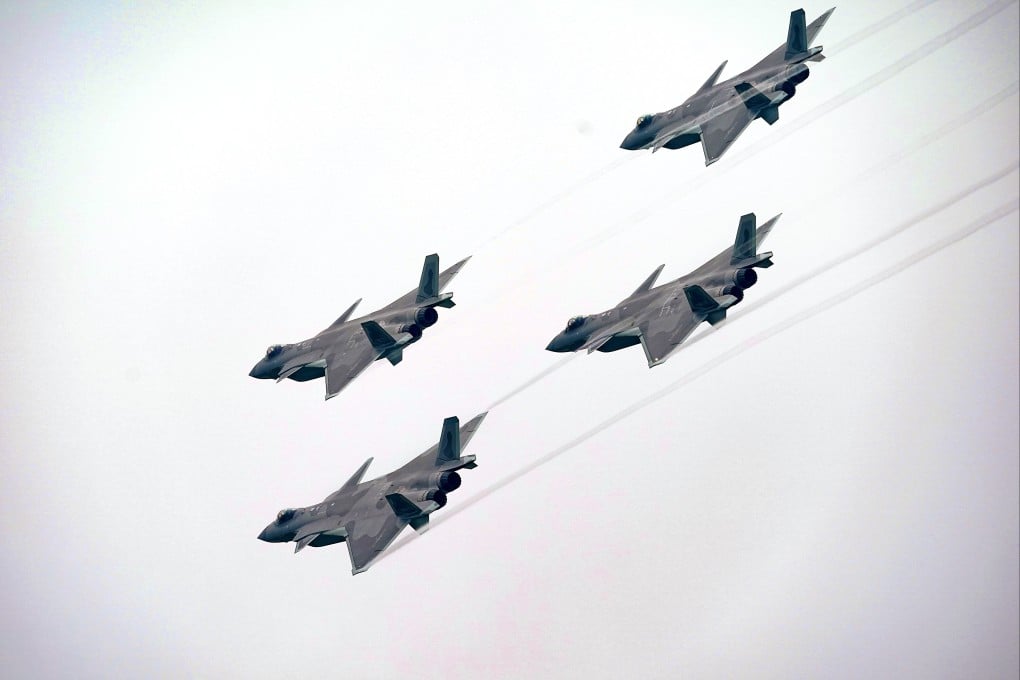Chinese test pilots pave way for development of latest PLA warplanes
- Chinese military’s top aviators ‘able to write papers and study reports like aircraft designers’, observer says
- Pioneering five-member team that played key role in J-10 project trained in UK

Defence experts said the development of such aircraft would not have been possible without input from the air force’s death-defying test pilots, and a decision made nearly two decades ago to adopt an experimental flight test training system pioneered by the United States.
The aircraft was formally commissioned seven years later, with a flawless “zero crash” record in flights by experimental prototypes.
A five-member team of test pilots played a key role in the J-10 project, which not only paved the way for China’s development of future generations of aircraft but also revitalised the air force’s test pilot training system.
Lei Qiang, the son of a Korean war pilot and part of the five-member team, was selected to take the J-10 on its maiden flight on March 23, 1998.
